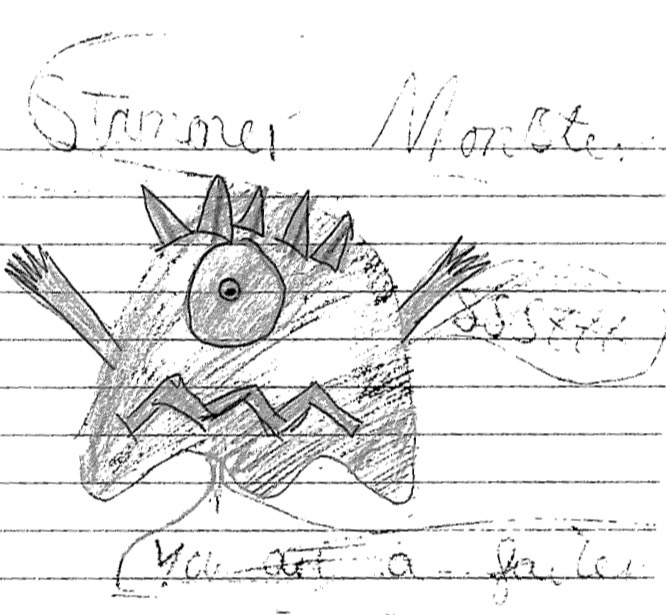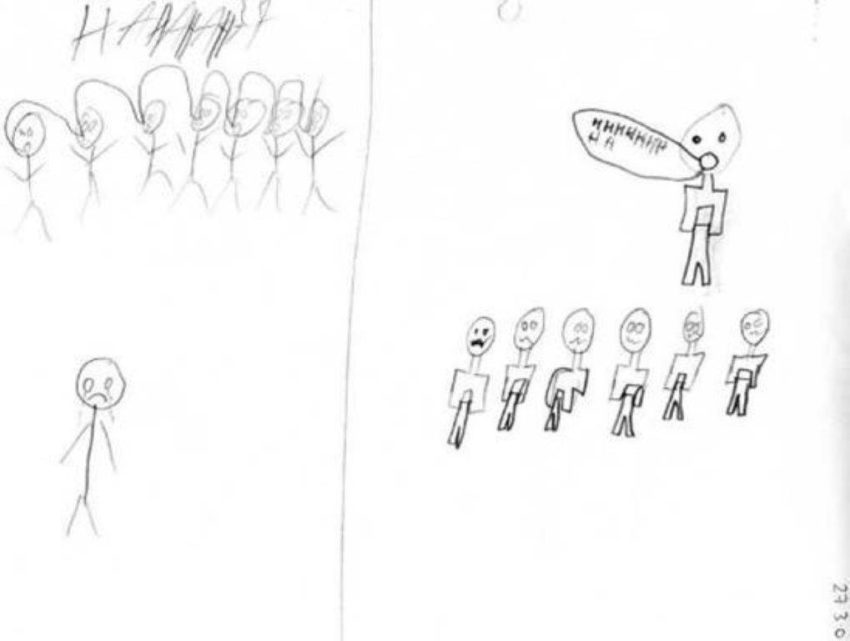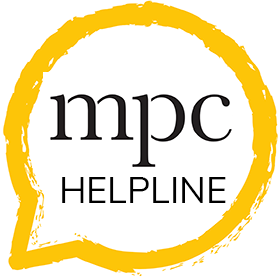
What is stammering?
Are you a teacher or member of education staff wanting to know about stammering? This page will help you to help the child in your class.
Stammering and stuttering mean the same thing – a stoppage in the forward flow of speech. However it means a lot more than that as well as you will read on this page. We tend to use stammering in the UK while elsewhere in the world people refer to stuttering.
Understanding stammering
Each person who stammers does so in a unique way.
Stammering is not just about getting words out. It can potentially affect a child or young person’s wellbeing, their confidence participating and even their vocational or academic choices.

What stammering can look like outwardly
A child or young person who stammers may:
- repeat whole words, e.g. “and-and-and then I left”
- repeat single sounds or syllables e.g. “c-c-come h-h-here” or “an-animal”
- prolong or stretch sounds, e.g. “sssssssometimes I go out”
- block (where the movement of the tongue, lips and jaw, and the forward flow of air stops)
- have muscle tension – in the face, nose, lips, neck, or around the eyes or in the rest of the body – when speaking
- make extra body movements because they are trying to push the word out (i.e. stamping the feet, shifting body position, moving the head, blinking the eyes, or tapping the fingers).
- make extra body movements due to trying to hide stammering (i.e. putting a hand over the mouth, turning away)
- look down or away while speaking
- fidget or move around (sitting or standing)
- seem to have disrupted breathing. Children may speak until they are running out of air or take an exaggerated breath before speaking. This is sometimes because people have told them to take a deep breath.
What is not always so obvious

Thoughts and worries about stammering
Children and young people who stammer may:
- worry about what others will think of them (i.e. that people will think they are weird, stupid or that there is something wrong with them)
- worry about how people will react (i.e. that people will not listen to them, will walk away, will laugh at them or talk about them behind their backs, will not want to talk to them or be friends with them)
- develop a view that they are not good at talking – and that it is their fault
- start to think of stammering as something that is bad or unacceptable, and of themselves as being different to others, flawed or not good enough
- view themselves as a failure when they stammer
Distressing emotions due to stammering
Children and young people who stammer may experience feelings of shame, guilt, anxiety, embarrassment, humiliation, sadness, frustration and helplessness (often because they have started to experience other people reacting negatively to their stammer).

Doing things to hide stammering
When the consequences of stammering (anticipated or actual) are high some children and young people may cope by:
- holding back from asking or answering questions in class, volunteering to take speaking parts in plays or at assemblies, or joining in group discussions
- saying they don’t know the answer (even when you suspect that they do know)
- saying they do not want to speak or read in front of the class
- using words that feel ‘safer’ but which may not express their message as clearly
- giving short or monosyllabic answers
- deciding to not join in activities that involve speaking even though they would otherwise enjoy them
- starting to make life choices because of stammering i.e. choosing subjects or future careers that will involve less speaking
- in some situations behaviours that may be interpreted as uncooperative (not giving eye contact, not speaking or being monosyllabic, folding arms across the body) may be coping strategies for managing stammering
Everyone who stammers is different
- some children and young people are confident, do not experience anxiety or worry about stammering and tell us that stammering does not get in the way
- others do worry, do experience anxiety about speaking (which can be considerable) and it is stopping them from doing things that they would like to do
- some will appreciate you making some adjustments and others will not want to be treated differently in any way
Together we can:
- understand each child or young person’s unique experience of stammering
- protect them from starting to feel that stammering is ‘bad’ and help them grow into confident young people who enjoy talking and feel that what they say (rather than how they say it) is valued
Find out what causes stammering and other facts here.
If you are concerned about a child talk to their parents, to your local or schools-based speech and language therapist or call the MPC helpline on 020 3316 8100.
Refer a child to the MPC here by completing the below form:

Sometimes you just need someone to talk to


Sometimes you just need someone to talk to
Our Helpline, 020 3316 8100, is open during office hours (9am-5pm) and voicemail messages can be left when the office is closed.
“It was really useful to properly open up about my stammer and how it effects me.”
